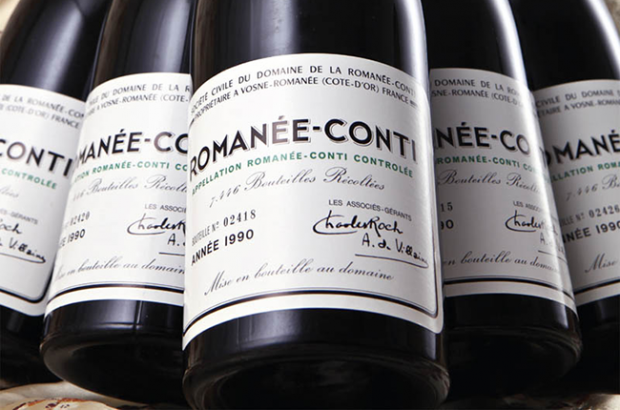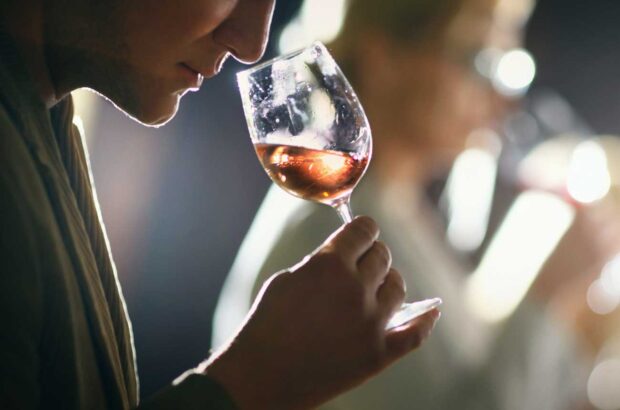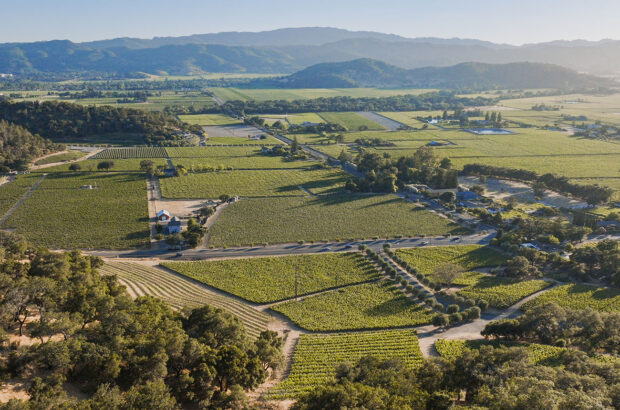There’s no such thing as 'anything but Chardonnay', Bruce Cakebread tells Decanter's associate editor, Tina Gellie. And even if there were such a phenomenon, the president of Napa Valley’s Cakebread Cellars says he wouldn’t worry too much.
Bruce Cakebread. Image credit: Cakebread Cellars
You’d think he would worry, though. Cakebread Cellars took its first breath more than 40 years ago with 157 cases of Chardonnay. Today it makes about 85,000 cases annually – half the winery’s total production.
Surely, that puts him in the firing line for the so-called ABC brigade? These are the ‘anything but Chardonnay’ drinkers who have, according to numerous reports in recent years, forged an identity out of selecting alternative white varietal wines in bars and restaurants.
But, Cakebread takes a philosophical approach. ‘When Chardonnay gets too high in price, too mainstream or too oaky, people turn to Sauvignon Blanc. When Sauvignon Blanc gets too popular, people go back to Chardonnay,’ he explains.
‘Chardonnay has always been steady for us because ours is a sensible price and never over-oaked. But it’s handy that we also have a very good Sauvignon Blanc,’ he jokes.
Cakebread was in London recently to present a vertical tasting of his family’s Chardonnays from 2003 to 2013. He was winemaker between 1979 and 2002, then handing over the day-to-day responsibility to Julianne Laks, who has worked with him since 1986.
‘Our Chardonnays do not follow the Californian stereotype of how much oak you can pack in,’ Cakebread explains. ‘Fruit to the fore, oak in the background, bright acidity and a fresh finish – that’s what we’re going for. They are meant to be enjoyed with food.’
Tasting through the 11 wines, that restrained profile is evident in all of them, despite the vintage variation. It’s a continuity of style Cakebread attributes to the fact that, in addition to 225 hectares on 15 prime estate vineyards, they’ve been working with the same growers for their purchased grapes for more than 35 years.
And not forgetting the ‘homework’ he and Laks do in recording everything about each vintage, such as the degree days from flowering to end of harvest and the number of actual harvest days, to the total tonnage of Chardonnay for Napa.
It’s geeky, yet fascinating reading to taste the 2005, for example, and look through the chart to realise that this big harvest with a long ripening period (886 degree days, requiring 46 harvest days) meant less wine was barrel fermented (67% instead of about 85%) but a greater percentage underwent malolactic fermentation (16% instead of about 10%).
If you can track a bottle down, the 2005 in all its silky, autumnal, Burgundian-style glory, is still drinking beautifully, but for Cakebread it’s the 2007s, ’08s and ’09s he’s enjoying now. ‘Our wines have structure; they’re meant to age. So for me, 2010 seems too young and tight still, the 2011 is much leaner, while the 2012 – very much like the 2007 – and the 2013 are much too young, but will be great.’
And what’s the best Cakebread Cellars Chardonnay he’s ever had? ‘It’s what every winemaker always says,’ he laughs, ‘It’s the one in barrel.’
The 2013 vintage of Cakebread Cellars Chardonnay is available from Corney & Barrow from 1 May, priced at £34 per bottle.
See also:
Written by Tina Gellie







